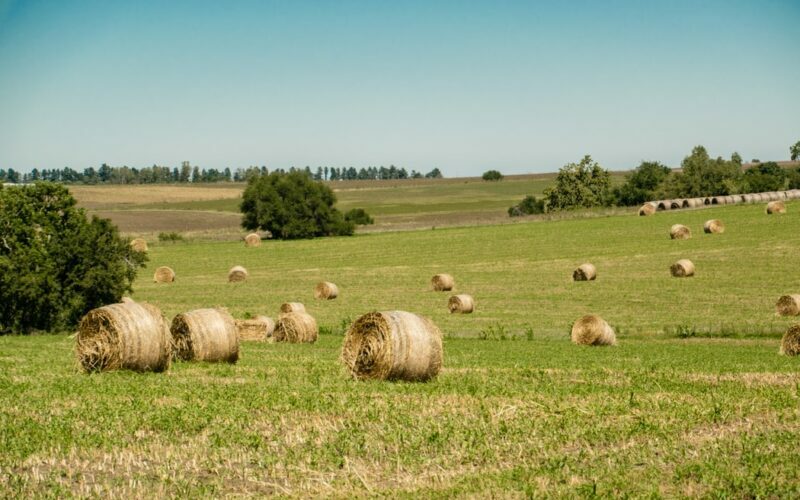Asylum seeker scam continues to drive down migrant workers' rights
October 4, 2021
After sitting on the August 2021 report on asylum seekers for around a fortnight, Home Affairs Minister Alex Hawke at last allowed the report to be made public at the end of September.
He would have been nervous about releasing the report given his governments insistence that it is strong on border protection and the lack of any plan to address the scam. Like the previous minister Peter Dutton, Hawke will be hoping the media will continue to ignore the scam.
Just to remind readers, this scam started under Dutton in around 2015-16 with a surge in asylum applications from Malaysian nationals and then quickly extended to China (see Chart 1). It has subsequently extended to a range of other nations including India, Thailand, Vietnam and Fiji.
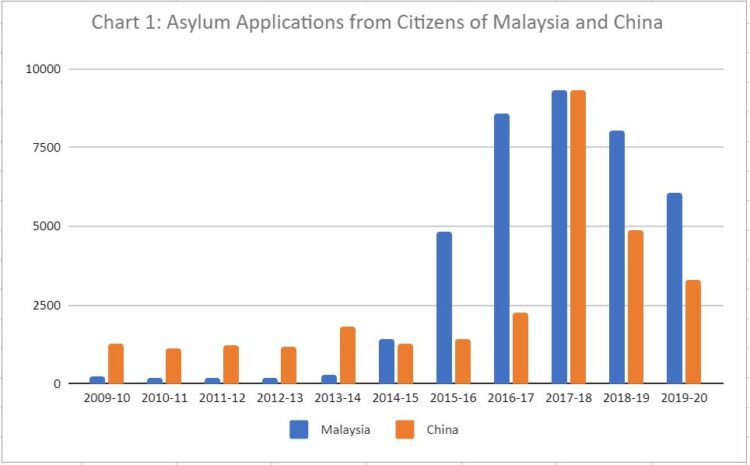
This has been Australias fifth wave of asylum seekers but with two key differences. Firstly, this wave has been much larger than any previous wave. Secondly, all previous waves of asylum seekers were generally found to be genuine refugees. In this fifth wave, the refusal rate has been well over 95 per cent.
This wave has essentially been a labour trafficking scam to supply cheap and easily exploitable farm workers.
The closure of international borders with the onset of COVID-19 has slowed new asylum applications (see Chart 2).
These have fallen from an average of between 2000 to 2500 per month prior to COVID-19 to around 1000 per month since March 2020.
Monthly primary level decisions have fallen from a peak of 2330 in May 2020 to a low of 581 in May 2021. Refusals have generally tracked the monthly decisions.
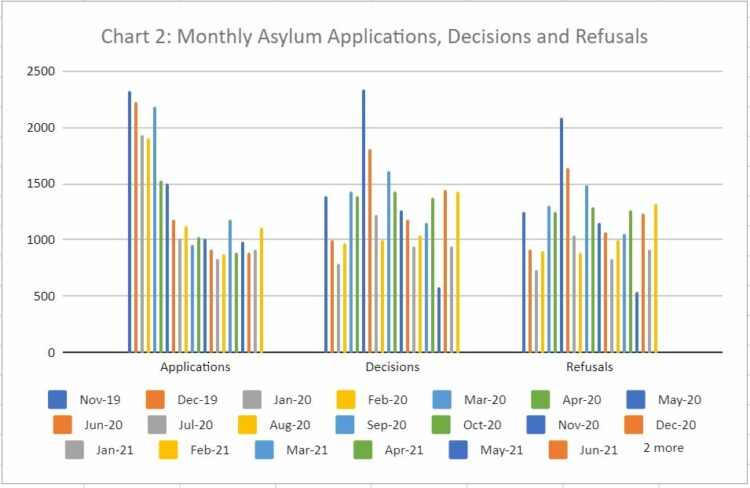
The primary level backlog peaked at 38,841 applications in April 2020 and has now declined to 31,226 in August 2021 (see Chart 3).
The refusal decisions are gradually moving to the Administrative Appeals Tribunal (AAT) where the backlog has now reached a record 33,385 applications at the end of August 2021. On current resourcing levels, the AAT backlog can be expected to grow very significantly further.
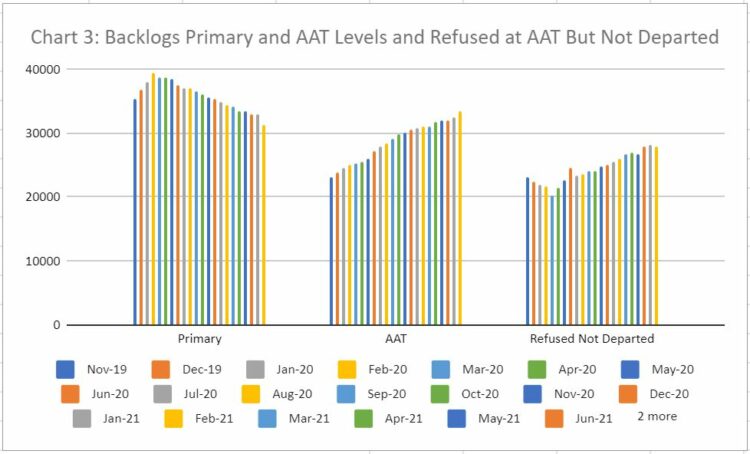
The number refused at the AAT but not departed has increased to 27,824. This number can also be expected to increase significantly further noting that the number of departures (voluntary and involuntary combined) has rarely exceeded 20 in any one month (see Chart 4).
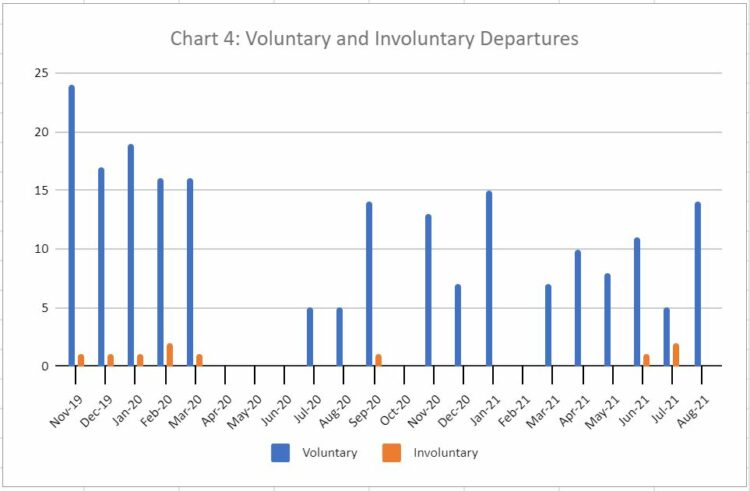
Once refused at the AAT, asylum seekers do not generally have work rights but must still work to earn a living. They are highly vulnerable to exploitation.
Most would be working on farms, competing with seasonal workers from Pacific Islands and Timor Leste as well as backpackers.
While the mainstream media focuses on “backpackers” working on farms, these are most likely a small portion of those being seriously exploited.
Working holiday makers are quick to complain if they are exploited once they complete their 88 days working on farms and hence attract most media attention.
The number of working holiday makers coming to Australia have been falling for almost a decade and a relatively small portion of them actually work on farms.
The really serious exploitation will be of those who are less likely to complain, either because they do not wish to lose the support of their employer or do not wish to attract attention of authorities.
These will be seasonal workers from Pacific Islands and Timor Leste. An indication of the level of exploitation of this group is the fact at least 22 people on these visas have died.
We do not know how many asylum seekers may have died working on farms.
On September 30 2021, the Morrison government introduced regulations for an agriculture visa its next step in using temporary guest workers to drive down wages and conditions in farm work.
This will create competition for low-paid farm work amongst three groups of highly vulnerable migrant workers a race to the bottom on wages and conditions.
Moreover, the government will be under pressure to extend this visa to other industry sectors (eg hospitality, construction, retail).
It is clear we are now well on the way to the kind of migrant farm work exploitation we see around the world.
